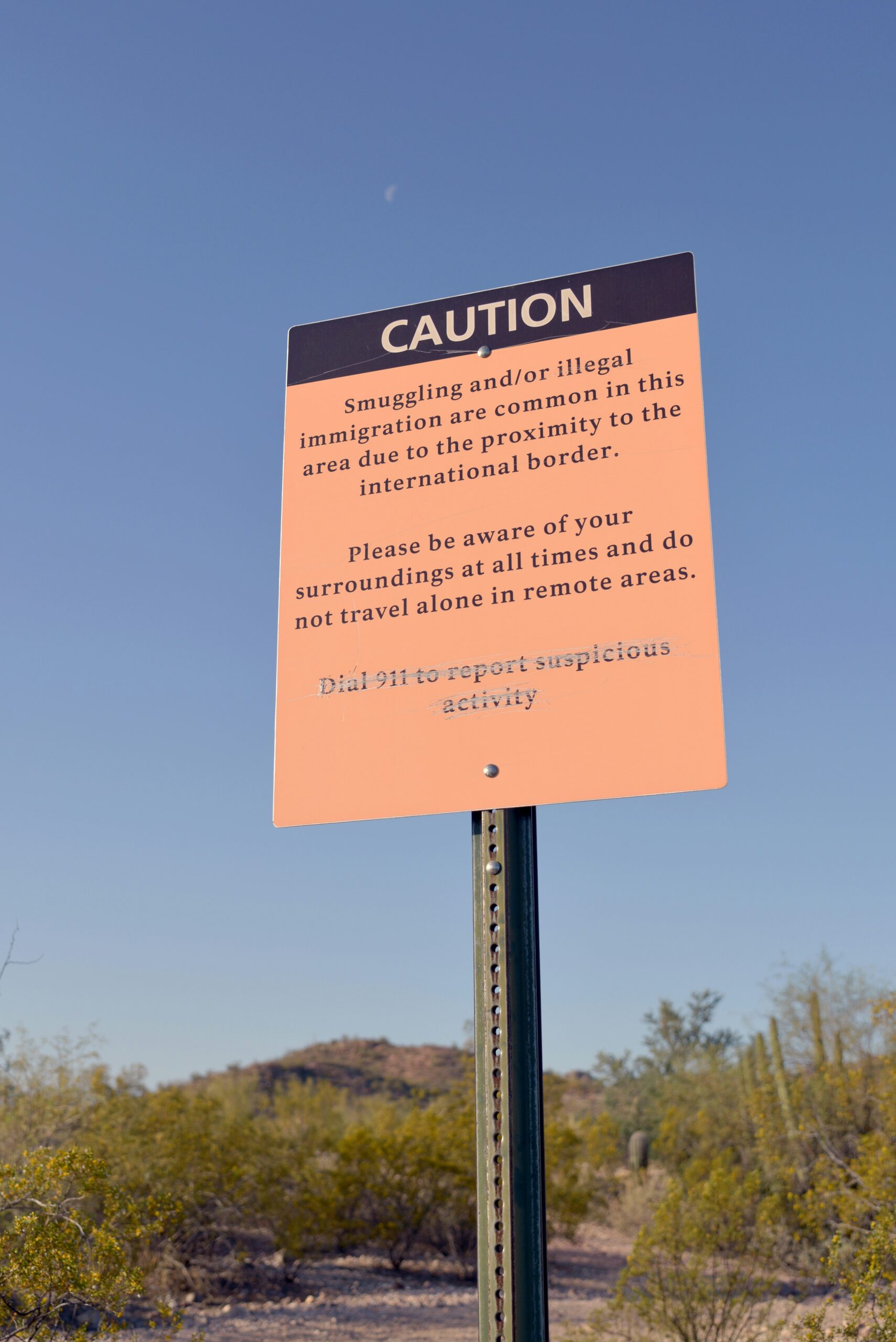Understanding Canada’s work permit regulations is vital for securing a job as a foreign worker. Learn about different types of permits, exemptions, and application processes. Discover the benefits of the International Experience Canada (IEC) program and get tips on preparing your resume and cover letter to meet Canadian standards. Ensure you comply with legal requirements and navigate the complexities of extending or changing conditions on your work permit. Safeguard your rights by checking the list of non-compliant employers and get insights on finding new job opportunities in Canada.
Finding Out If You Need a Work Permit
Securing a job in Canada as a foreigner requires a thorough understanding of Canada’s work permit regulations. Not all jobs and international workers need a work permit, which makes it vital to determine your status before you proceed. Work permits are generally categorized into two types: employer-specific and open work permits. Each type serves different job requirements and eligibility criteria.
Employer-specific work permits are linked to a specific employer and job role. They stipulate where and for whom you can work. For instance, if you have a job offer from a Canadian firm requiring specialized skills, you’ll likely need an employer-specific work permit. On the other hand, open work permits offer greater flexibility, allowing you to work for almost any employer in Canada, albeit with certain exceptions.
Certain categories of foreign workers are exempt from needing work permits. These exemptions cover specific short-term employment scenarios, such as performing emergency services, athletic events, or short-term research. Determining whether you’re in an exempt category is paramount before making further plans. You can check the full list of exemptions on the official Government of Canada immigration website, which provides comprehensive guidelines and resources for foreign workers.
If you determine that you need a work permit, begin by verifying your eligibility. Key requirements include having a valid job offer, proving you will leave Canada once your work permit expires, showing you have enough funds to take care of yourself during your stay, providing a clear criminal record, and meeting health standards. The process involves submitting an application either online or on paper, alongside the necessary documentation and an application fee.
Understanding these steps and requirements can streamline your journey towards your goal of finding a job in Canada. Ensuring you have the appropriate permit will protect you from legal complications, allowing you to focus on succeeding in your new position. Therefore, this initial step is indispensable in your quest to work in Canada.
Obtaining a Canadian Work Permit
Securing a job in Canada often necessitates obtaining a work permit, which can be a multifaceted process. The first step in acquiring this essential document involves determining the type of work permit that is most suitable. Canada offers two primary categories of work permits: employer-specific and open work permits. An employer-specific permit ties the foreign worker to a single employer, limiting their ability to switch jobs without additional approvals. On the other hand, an open work permit provides the flexibility to work for any employer across Canada, offering more career freedom.
Before initiating the application process, collect all necessary documents. These typically include a valid passport, a job offer letter from a Canadian employer, proof of qualifications, and evidence of work experience. Additionally, an Employer Compliance Fee and a Labour Market Impact Assessment (LMIA) may be required for employer-specific permits. The LMIA is a document that demonstrates the need for a foreign worker and confirms that no Canadian citizen or permanent resident is available to fill the job.
The submission procedure involves filling out an application form, either online or through paper submission, and paying the relevant fees. Online applications are generally faster and allow for better tracking of the application status. Fees for a Canadian work permit vary depending on the type, with the standard fee being approximately CAD 155. Ensure that all forms are correctly filled out and all required documents are included to avoid delays.
Timelines for processing work permits can range from a few weeks to several months, depending on various factors like the applicant’s country of residence and the work permit type. Regularly check the status of your application online, and be prepared for possible interviews or additional document requests.
In brief, obtaining a Canadian work permit involves meticulous preparation, understanding the specific requirements, and adhering to the prescribed procedures. By following these guidelines, foreign workers can navigate the process more efficiently and increase their chances of successfully securing a job in Canada.
Travel and Work in Canada as a Youth
For young individuals eager to experience the vast opportunities that Canada has to offer, the International Experience Canada (IEC) program serves as an excellent gateway. This initiative provides an incredible platform for exploring job prospects in Canada while indulging in a rich cultural experience. Ideal for foreign workers aged between 18 and 35, the IEC facilitates temporary stays through work permits, bolstering both travel and employment ventures.
To participate in the IEC program, candidates must hail from one of the 36 partner countries. The eligibility criteria include holding a valid passport, possessing sufficient funds to support oneself initially, and, crucially, securing health insurance for the duration of the stay. Additional requirements can vary per specific country agreements and may include certain medical or language proficiency assessments.
The application process for the IEC program is relatively straightforward but requires meticulous attention. Prospective applicants must first create a profile in the pool of eligible candidates. Following this, candidates wait to be invited to apply based on quotas established by partner countries. Upon receiving an invitation, candidates should complete the online application, submit necessary documentation, and pay relevant fees. The final step is to wait for the approval and receipt of a Port of Entry (POE) Letter of Introduction.
The benefits of utilizing the IEC program are multifaceted. Working in Canada introduces young foreign workers to an international business environment, fostering professional growth and cross-cultural competency. Moreover, the program allows for travel across Canada, presenting opportunities to explore diverse regions, from cosmopolitan cities like Toronto and Vancouver to scenic natural landscapes in Alberta and British Columbia. The IEC experience enables personal development, enhancing global awareness, and building a resume with international work experience.
Overall, the IEC program provides a structured yet adventurous pathway for youth to immerse themselves in Canadian life, offering unparalleled professional and personal growth opportunities in the process.
Preparing to Work in Canada
Securing a job in Canada as a foreign worker demands meticulous preparation and an understanding of the local job market dynamics. It is paramount to initiate your journey by researching potential employers, industries, and job market trends within the country. Investigating which sectors are experiencing growth and identifying companies that have a track record of hiring foreign workers can substantially increase your chances of finding suitable employment. This research phase is critical to aligning your skills and expertise with the demands of the Canadian job market.
Next, you need to focus on crafting a resume and cover letter that adhere to Canadian standards. A Canadian-style resume is typically concise, usually limited to two pages, and highlights your professional achievements in a clear and structured manner. It is advisable to emphasize your work experience, relevant skills, and accomplishments in a way that resonates with Canadian employers. Similarly, your cover letter should be tailored to each specific job application. It should reflect your enthusiasm for the role, briefly summarize your relevant experience, and demonstrate your understanding of the company’s needs and how you can meet them.
Furthermore, with the increasing prevalence of remote work and virtual hiring processes, preparing for both remote and in-person job interviews is essential. For remote interviews, ensure that you have a reliable internet connection, a quiet environment, and professional attire. Practice articulating your thoughts clearly and concisely over a video call, as visual and verbal communication is key during such interviews. For in-person interviews, familiarize yourself with common Canadian interview practices. These include punctuality, a firm handshake, and preparing thoughtful questions to ask the interviewer. Demonstrating your preparedness and cultural awareness can leave a lasting impression on your potential employers.
By investing time in comprehensive research, adapting your application materials to Canadian norms, and preparing thoroughly for interviews, you can significantly boost your prospects of securing a job in Canada. This detailed preparation showcases your dedication and adaptability, key traits highly regarded by Canadian employers in foreign workers.
Securing employment in Canada as a foreign worker often requires flexibility due to various circumstances, such as the need to extend your work permit or alter its conditions. Navigating through the legal framework efficiently is crucial to ensuring continued employment under the proper terms.
Extending Your Work Permit
The process for extending a work permit should commence at least 30 days before its expiration. This buffer period allows adequate processing time and reduces the risk of having to cease work temporarily. To initiate the extension process, you must submit a complete application either online or through a paper-based system. Essential documents typically include a valid passport, current work permit, proof of employment (such as a job offer or contract from your Canadian employer), and any other required permits or qualifications pertinent to your occupation.
Additionally, specific fees are involved, which must be paid upfront. The application fee is generally CAD$155 as of the latest guidelines but may vary. It is advisable to consult the Immigration, Refugees and Citizenship Canada (IRCC) official website for the most current fee structure and additional information about extending your work permit.
Changing Conditions on Your Work Permit
Foreign workers might also need to change the conditions of their work permit due to evolving job requirements or new employment opportunities. This is applicable if you wish to switch employers, change your job role, or alter the location of your employment within Canada. Similar to an extension, an application needs to be filed with IRCC, accompanied by necessary documentation. This includes a new job offer or employment contract, a positive Labour Market Impact Assessment (LMIA) if required, and evidence of your qualifications and credentials for the new role.
There are fees associated with modifying the conditions of your work permit as well. Each application incurs a charge, currently standing at CAD$155, aligning with the cost of an extension application. Ensuring timely submission and complete documentation can substantially facilitate a smooth transition or modification process. Thus, understanding the correct procedures and adhering to them meticulously is pivotal for maintaining your legal status as a foreign worker in Canada.
Obtaining a Visitor Visa to Return to Canada
Securing a job in Canada as a foreign worker often involves navigating complex immigration rules, which may include the need to leave and re-enter the country. One such scenario may require you to obtain a visitor visa to return to Canada. Understanding the application process, required documentation, and maintaining your work status is crucial for these situations.
Firstly, to apply for a visitor visa to return to Canada, you need to submit an application online or through a visa application center. The process generally involves filling out the required forms, paying the application fee, and providing biometric information. Ensure that your application is accurate and complete to avoid delays or refusals.
Documentation plays a critical role in your visitor visa application. Key documents include a valid passport, proof of sufficient funds for your stay, and a letter explaining the purpose of your visit. If you are re-entering Canada to continue your employment, it is beneficial to include a letter of confirmation from your employer in Canada. This letter should state the intent to resume your job, effectively supporting your case.
Additionally, you need to consider the timing and validity of your work permit. A visitor visa does not authorize you to work in Canada. It is imperative to ensure that your work permit remains valid and that you have the right documentation to re-enter Canada as a worker. Maintaining communication with your employer and staying informed about current immigration policies are prudent measures.
Finally, it’s important to keep track of your application status and be prepared for any additional steps, such as an interview or further documentation. By thoroughly understanding and following the procedures, you can effectively manage your return to Canada while preserving your work status.
Checking the List of Non-Compliant Employers
When seeking a job in Canada, it’s crucial to safeguard your rights and ensure your working environment is ethical. One way to do this is by checking the list of non-compliant employers published by the Government of Canada. This comprehensive list highlights employers who have violated employment standards, thus posing risks to potential foreign workers.
You can access this list on the official Government of Canada website, specifically on the page dedicated to the Temporary Foreign Worker Program (TFWP) compliance. The list is updated regularly and provides detailed information on the nature of each employer’s non-compliance. Violations can range from failing to meet wages and working conditions to improper treatment of foreign workers.
To use this list effectively, begin by searching for prospective employers by name. If an employer appears on the list, it is advisable to avoid applying for or accepting a position with them. For individuals already employed, discovering your employer on this list requires immediate attention. It’s imperative first to understand the specific violations attributed to your employer.
If you discover that you are employed by a non-compliant employer, there are several steps you can take. First, document any instances of non-compliance you experience to support your case. You should then contact Employment and Social Development Canada (ESDC), which oversees the TFWP. Submit a formal complaint detailing the violations and any supporting evidence you have gathered. The ESDC has mechanisms in place to protect whistleblowers, ensuring you can report issues without fear of retaliation.
Understanding the importance of this list and how to use it can significantly enhance your job-seeking experience in Canada. By ensuring you work for compliant employers, you protect your rights and contribute to a fair and ethical working environment.
Finding a New Job If You’re Already in Canada
If you are already in Canada and looking to secure a new employment opportunity, the process can be more streamlined than for those applying from abroad. However, there are several strategies and resources that can significantly aid your job search. Networking is a crucial component when it comes to finding job openings. Attend industry meetups, seminars, and career fairs to connect with potential employers and peers in your field. Professional networking sites such as LinkedIn can be particularly effective for making connections and showcasing your professional background.
Utilizing job boards is another vital strategy. Websites like Job Bank, Indeed, and Glassdoor offer a plethora of job listings tailored to various industries across Canada. Additionally, the federal government’s Job Bank is a reliable source for both national and regional job postings, making it an invaluable resource for foreign workers. Setting up job alerts and consistently checking these platforms can help you stay ahead of newly posted opportunities.
Engaging with recruitment agencies is another effective approach. These agencies possess extensive knowledge of the Canadian job market and have established relationships with numerous employers. They can offer personalized job search assistance, resume polishing, and interview coaching. It can be beneficial to register with agencies that specialize in your industry, increasing your chances of finding a suitable position swiftly.
It is also essential to be aware of the legal considerations when switching jobs in Canada. If you are working on a closed work permit, which ties you to a specific employer, you will need to apply for a new work permit if you switch jobs. An open work permit, however, allows you to work for any employer in Canada. Familiarizing yourself with the requirements and processes involved can help you navigate the transition smoothly and avoid legal complications.
Overall, being proactive, resourceful, and well-informed can significantly enhance your job search efforts in Canada. Taking advantage of networking opportunities, job boards, and recruitment agencies, along with understanding the legal nuances, can lead you to a rewarding new job in Canada as a foreign worker.





